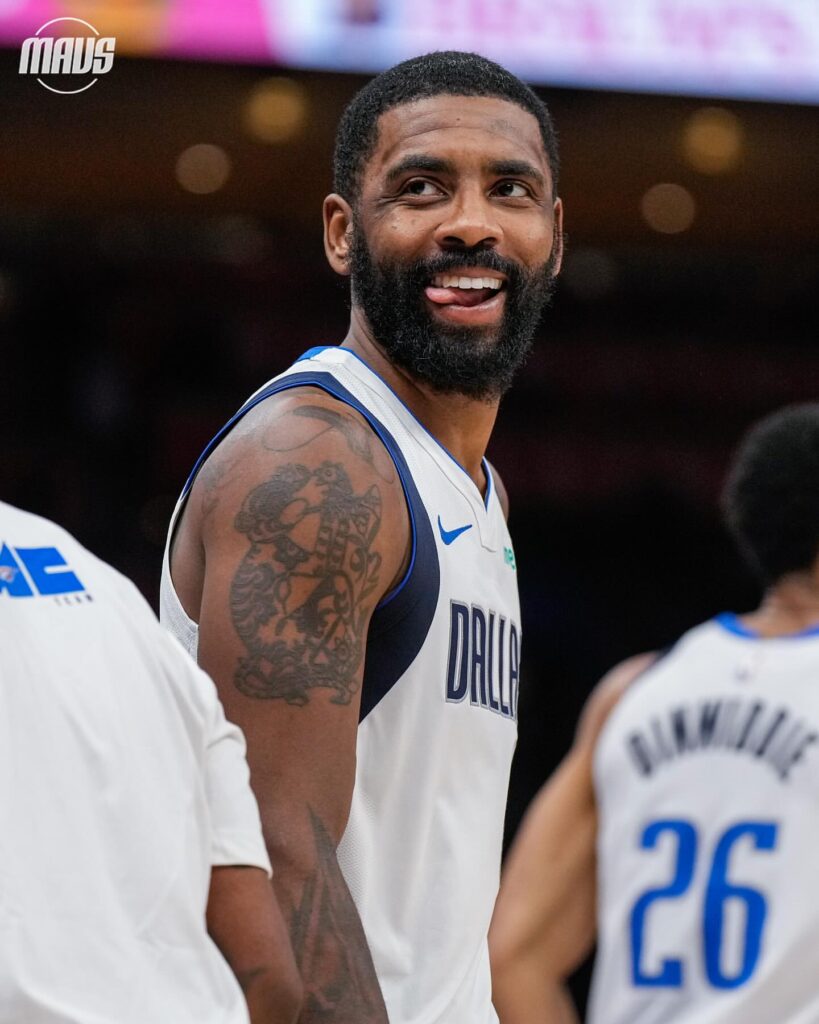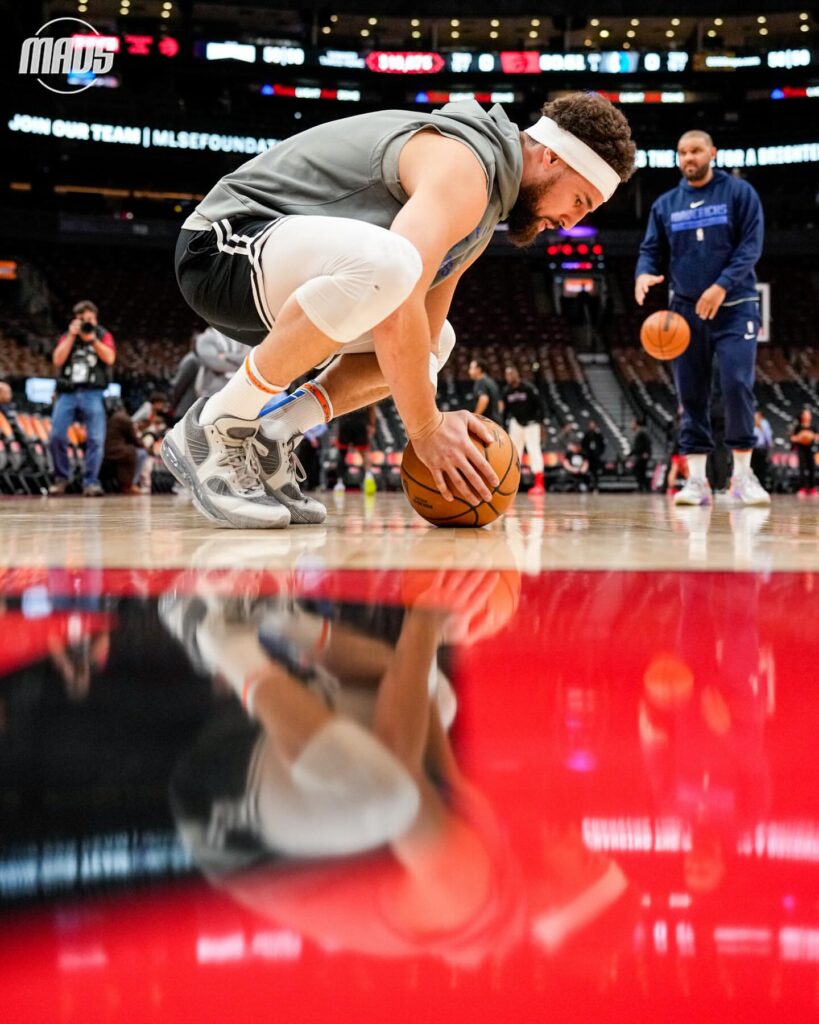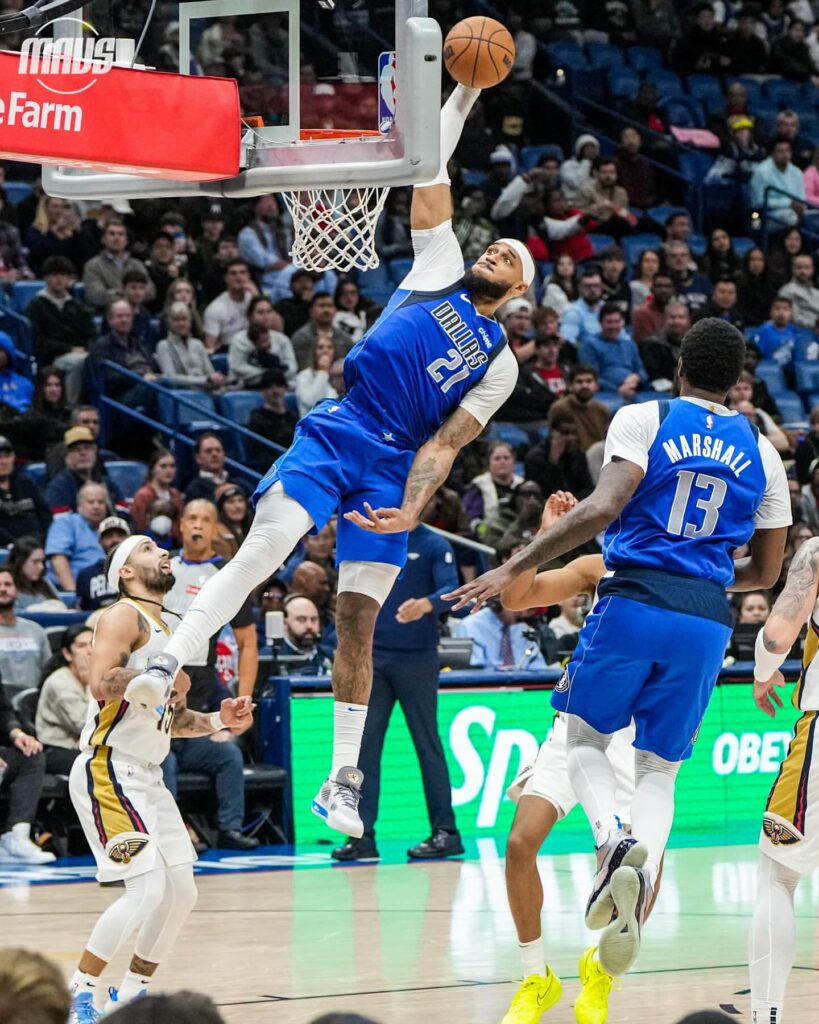
Every NBA season is more than just a collection of games — it’s a living narrative. Each team, each player, each moment contributes to a tapestry of drama, triumph, heartbreak, and legacy. The storylines that unfold over the course of 82 games, and potentially four playoff rounds, are as varied and unpredictable as the players themselves. From last-second shots to improbable turnarounds, from season-ending injuries to emotional farewells, the NBA’s annual journey is a reflection of the human experience — full of highs, lows, and the unexpected in between.
One of the most thrilling aspects of any NBA season is the buzzer-beater — that single shot that defines a game and sometimes an entire career. These are the moments that live forever in highlight reels and fan memories. When Damian Lillard waved goodbye to the Oklahoma City Thunder after sinking a 37-foot three at the buzzer, he didn’t just win a game; he wrote a chapter of NBA history. Kawhi Leonard’s bouncing shot in the 2019 Eastern Conference Semifinals didn’t just beat the buzzer; it echoed through Toronto’s championship run. These moments are cinematic, offering the perfect blend of pressure, skill, and storytelling. They’re why fans stay glued to the screen until the final second ticks off.

But not every story is written in a single play. Comeback wins — the kind that defy logic and test the will — are another hallmark of a great NBA season. Who could forget the 2016 NBA Finals, when the Cleveland Cavaliers clawed their way back from a 3-1 deficit against the seemingly invincible Golden State Warriors? It wasn’t just LeBron James’ chase-down block or Kyrie Irving’s clutch three that made it legendary; it was the resilience, the refusal to quit, the belief that the impossible could be achieved. Comebacks teach us that no matter the odds, determination can still prevail. They inspire not only fans but also future athletes who dream of their own moment under the spotlight.
Of course, with the beauty of victory comes the sting of defeat. Heart-wrenching losses are an inevitable part of the NBA story, and they often reveal as much about character as any win ever could. When Derrick Rose tore his ACL during the 2012 playoffs, it felt like the basketball world paused. Rose was the youngest MVP in league history, the face of a resurgent Chicago Bulls franchise, and his fall was devastating not just for the team, but for fans who had come to believe in his fairytale rise. Then there are the players who gave everything, only to fall just short — like Allen Iverson, who dragged a scrappy 76ers team to the 2001 Finals only to be overwhelmed by Shaq, Kobe, and the Lakers. These stories, while painful, remind us that greatness isn’t only measured by rings. It’s measured by effort, by sacrifice, and by the courage to try again.

Each season also introduces us to new characters — the rookies, the breakout stars, the veterans with something left to prove. One year, it’s Luka Dončić hitting game-winners in the bubble. The next, it’s Ja Morant flying through the air, defying physics and doubters alike. These players bring fresh energy, reshaping the league and rewriting expectations. Their journeys — from college prospects or G League standouts to NBA stardom — are stories of growth and belief. They remind fans that the NBA is constantly evolving, and that the next legend might just be taking their first steps.
Then there are the emotional stories off the court — retirements, tributes, and moments of unity. When Kobe Bryant tragically passed away in 2020, the league came together in grief and remembrance. Every team, every fan, every player mourned the loss of a legend, a competitor, a father. The games that followed were filled with tributes, tears, and an unspoken understanding that this league is more than a business; it’s a brotherhood. Seasons are often defined by how players and teams respond to adversity, both personal and collective. These are the moments when the NBA transcends sports and becomes something much deeper.

Coaching changes, blockbuster trades, and midseason slumps all add unexpected twists to the story. Sometimes, a team trades away a star, only to find new chemistry. Sometimes, a midseason addition pushes a fringe playoff team to contender status. Each decision, each risk, each gamble contributes to the overall plot. The front offices and coaching staffs are the unseen authors, orchestrating lineups and rotations in pursuit of the perfect ending.
Ultimately, every NBA season is about hope. For some teams, it’s hope for a championship. For others, it’s the hope of improvement, of finding identity, of building something lasting. Every game is a chapter, every play a sentence. Fans invest not just in wins or losses, but in narratives. They follow the ups and downs like a serialized drama, cheering, grieving, and dreaming with their teams.

So when we look back on an NBA season, we don’t just remember the standings. We remember the game-winners that made us leap off the couch. We remember the emotional interviews, the buzzer-beating triumphs, the gut-wrenching losses. We remember the underdogs who shocked the world and the legends who said goodbye.
Every NBA season tells a story. And whether it ends in celebration or heartbreak, it’s a story worth remembering.



